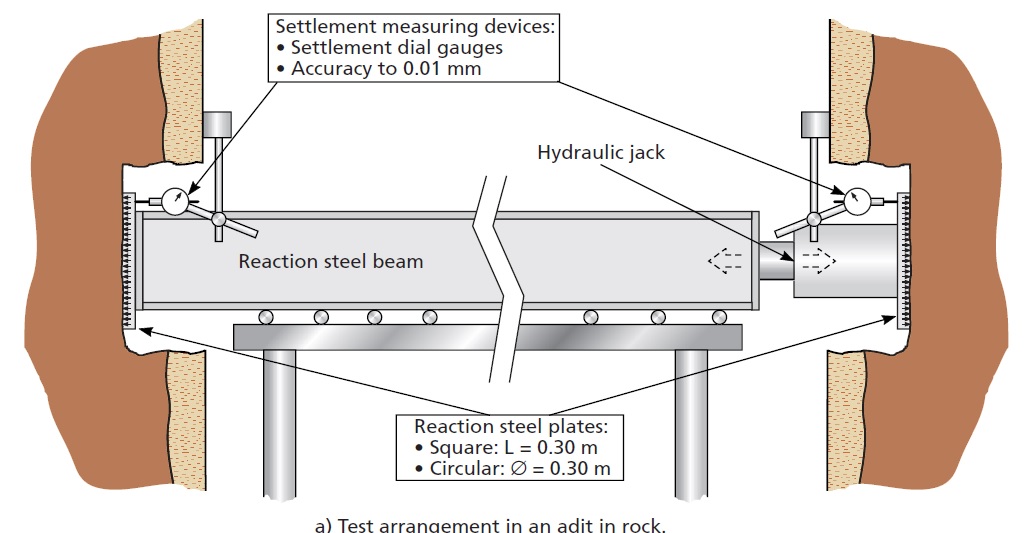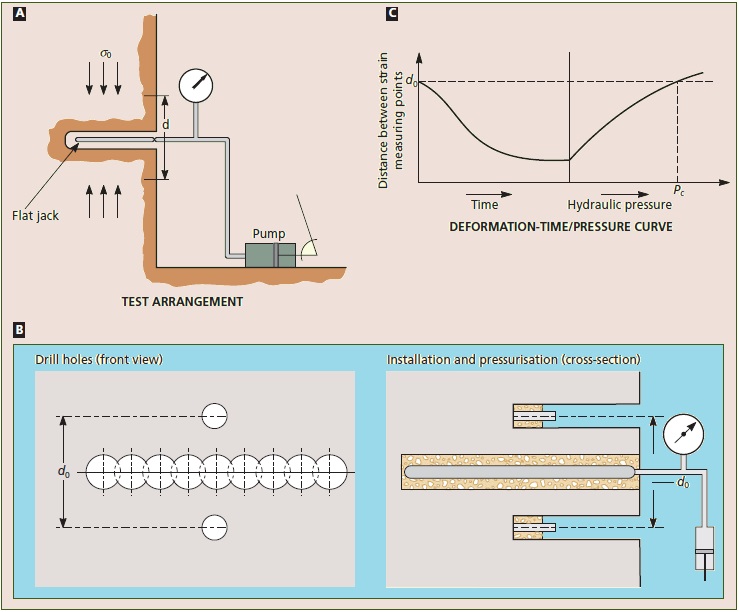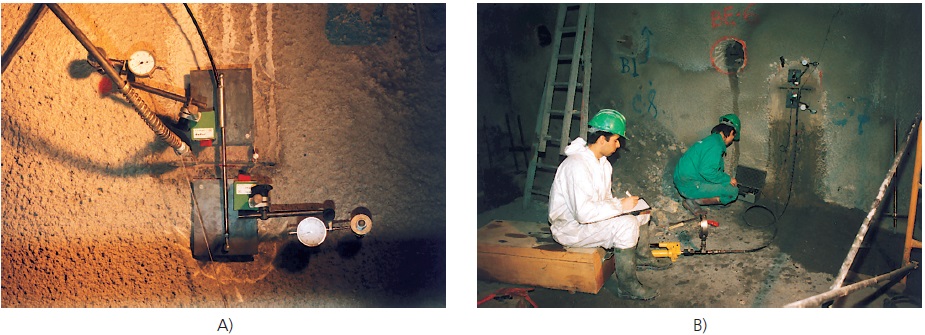The Flat Jack Test Explained

Introduction
The flat jack test is a valuable method used to determine the deformation modulus and in-situ stress in hard continuous rock masses, particularly in excavations such as galleries and tunnels. This test provides insights into the behavior of the rock mass and helps assess its stability and load-bearing capacity. In this article, we will explore the process and significance of the flat jack test in rock engineering.
Understanding the Flat Jack Test
The flat jack test involves conducting measurements on the sides of excavations to obtain deformation modulus and occasionally in-situ stress in hard continuous rock masses. The test results are representative of a significant distance inside the rock mass from the test surface.
Preparing for the Test
Inserting reference point markers into the rock surface and measuring the distance between them.
Cutting a groove between the points using a saw or drill holes.
Measuring the initial displacements of the points immediately after cutting the groove.
Allowing a specified period of time (typically one to three days) for stress release and subsequent point movement.

Applying the Flat Jack
Cementing a flat jack into the groove prepared in the previous step.
Applying pressure to the flat jack until the distances between the reference points return to their original measurements.
The applied pressure is considered equivalent to the normal initial in-situ stress (σo) for the groove.

Monitoring Pressure and Deformations
Recording and monitoring the pressures and deformations during the test.
These data provide insights into the elastic deformation modulus of the rock mass.

Interpreting the Test Results
Analyzing the recorded pressures and deformations to calculate the deformation modulus of the rock mass.
Understanding the rock mass’s response to stress and the distribution of in-situ stress within the tested area.
Significance and Applications of the Flat Jack Test
The flat jack test offers valuable information for rock engineering and construction projects:
Assessing the stability of excavations such as galleries and tunnels.
Determining the deformation characteristics of the rock mass.
Estimating the in-situ stress distribution within the tested area.
Optimizing support design for rock structures.
Enhancing safety in rock engineering projects.

Conclusion
The flat jack test provides crucial insights into rock deformation modulus and in-situ stress in hard continuous rock masses. By conducting this test, engineers and geotechnical professionals can evaluate the stability of rock structures, optimize design parameters, and ensure the safety and longevity of rock engineering projects.
